Lyme Disease And Eyes
Lyme disease and eyes. According to Sathiamoorthi one case of seronegative uveitis was discredited. Even indoor light can feel blinding for people suffering from Lyme disease. Uveitis is uncommon but case reports and small series demonstrate a wide variety of presentations including iridocyclitis vitritis multifocal choroiditis exudative retinal detachment and panophthalmitis.
In the early stage of the disease many persons have conjunctivitis. Fortunately involvement of the eye is uncommon in lyme disease. He empathizes with Lyme patients who notice visual changes that may not be reflected in standard vision testing.
It can start with a characteristic bulls eye rash in which there is a central spot that is surrounded by clear skin that is then ringed by an expanding rash. So its going anywhere in the body that it can gain protection from the immune system and get the resources that it needs. And less commonly as an episcleritis.
This causes red uncomfortable eyes with a discharge of pus. What Borrelia wants is nutrients and resources. This symptom youd expect from an advanced movie editing software.
It can also appear just as an expanding rash. Bartonella can affect the eyes and cause conjunctivitis or inflammation of the outermost layer of the eye which results in irritated dry red eyes as well as other eye problems. The uvea is made up of the iris.
In later stages of the disease inflammation of the eye may develop. Upwards of 40 percent of kids with Lyme experienced double vision blurriness eye pain and other complications and 70 percent suffer some sort of photophobia. This symptom is quite common.
We know that Borrelia the microbe thats been associated with Lyme disease likes collagen and the eye has collagen. Things are pretty normal now after about a.
It can start with a characteristic bulls eye rash in which there is a central spot that is surrounded by clear skin that is then ringed by an expanding rash.
The uvea is made up of the iris. What Borrelia wants is nutrients and resources. Bartonella can affect the eyes and cause conjunctivitis or inflammation of the outermost layer of the eye which results in irritated dry red eyes as well as other eye problems. Conjunctivitis or redness and discharge due to inflammation of the conjunctiva can occur in the early. Fortunately involvement of the eye is uncommon in lyme disease. McCrodan mentions that because vision is neurologically controlled diseases such as Lyme can have various effects on vision. Things are pretty normal now after about a. In later stages of the disease inflammation of the eye may develop. And less commonly as an episcleritis.
At least one of the earlier case reports of Lyme uveitis found spirochetes in vitreous material yet serological testing was negative for Lyme antibodies. What Borrelia wants is nutrients and resources. Ocular inflammation can occur in patients with documented Lyme disease and has been reported to involve any part of the eye. Lyme and Tick-borne Disease. The ocular findings vary upon the stage of the disease. It can start with a characteristic bulls eye rash in which there is a central spot that is surrounded by clear skin that is then ringed by an expanding rash. It can also appear just as an expanding rash.

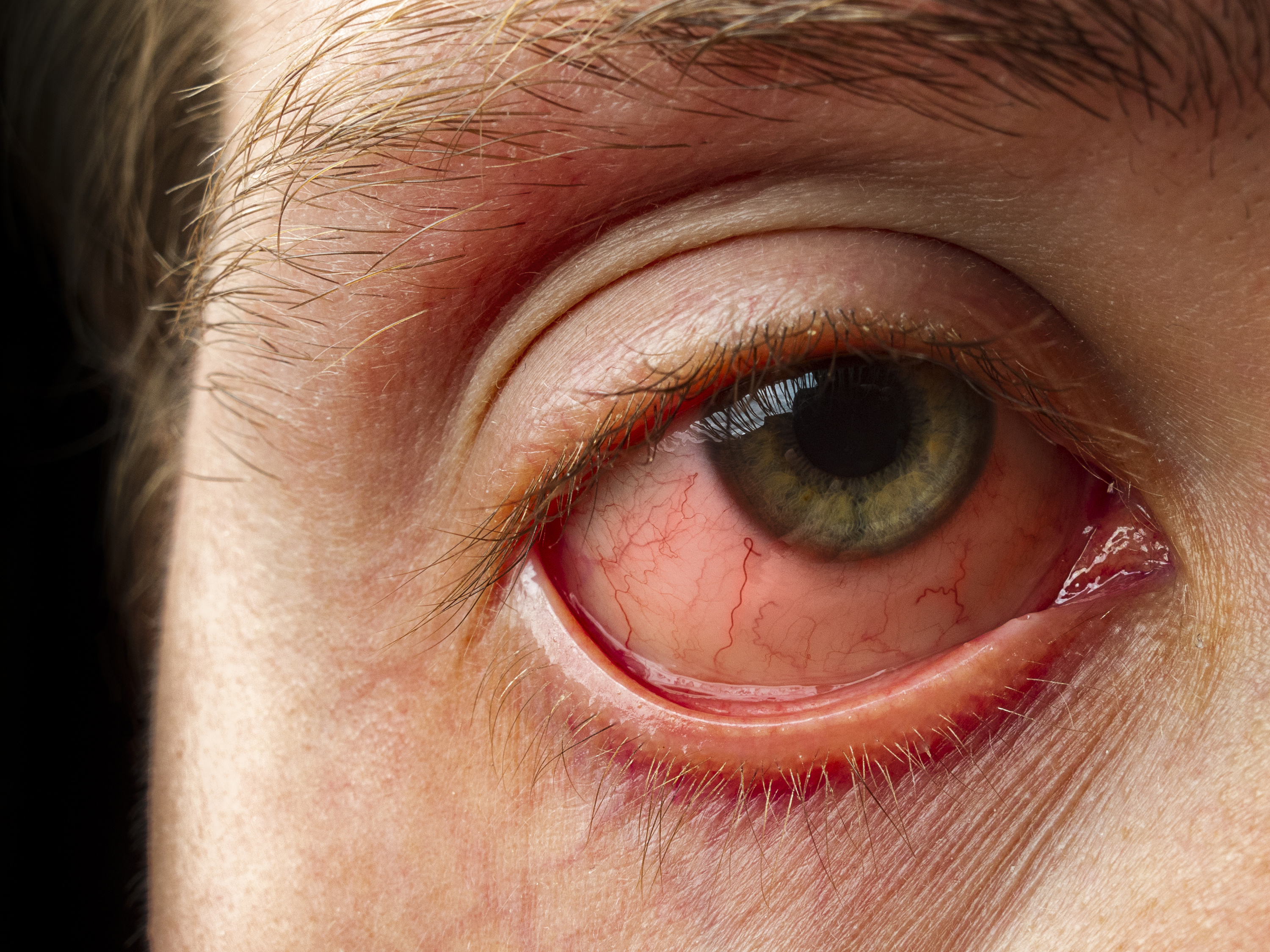



/lyme-disease-symptoms-5ad4bec73de4230037f12d2e.png)








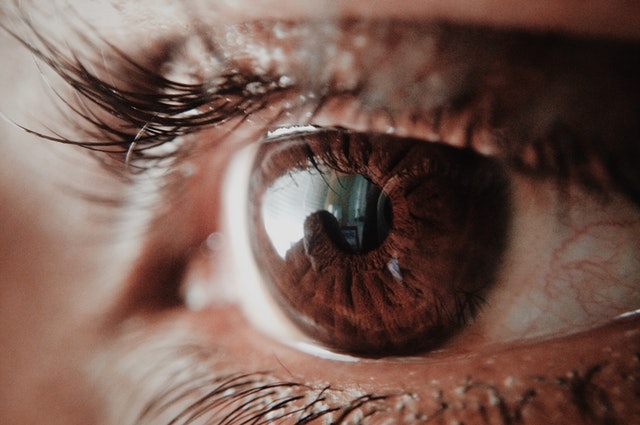






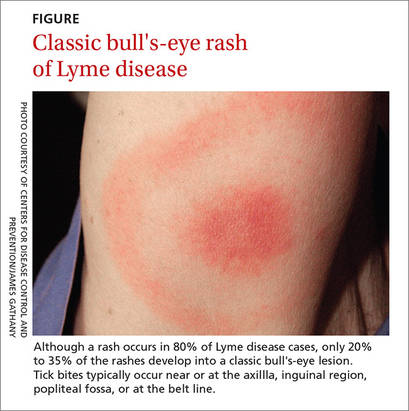
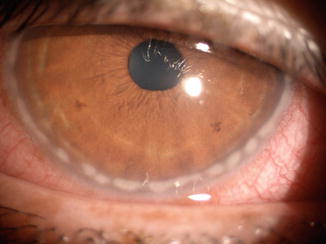













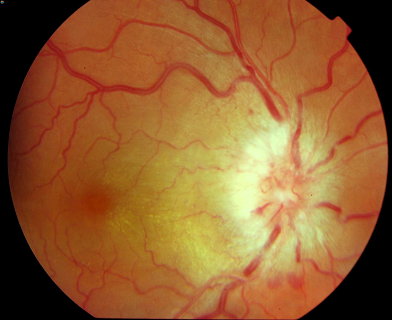


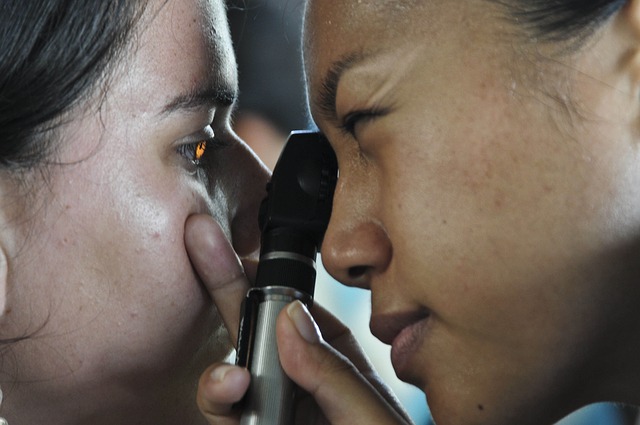



Posting Komentar untuk "Lyme Disease And Eyes"